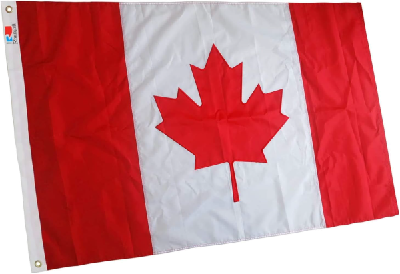The demand for raw, unpasteurized milk is booming. According to Sally Fallon, president for the Weston A. Price Foundation, the number of raw milk drinkers is now at about half a million people across the United States — many of them willingly breaking the law, purchasing their milk from “underground black markets,” and other creative setups.
Twenty years ago, the Food and Drug Administration banned interstate sales of unpasteurized milk, but individual states determine how raw milk is allowed to be bought and sold within their borders. The sale of raw milk for human consumption is illegal in 15 states, whereas 26 allow it with restrictions. Only a handful of states, including Washington and California, allow it to be sold in stores.
Gregory Miller, vice president of the National Dairy Council, claims drinking raw milk is like playing Russian roulette, asking, “Why would you take that risk?”
The U.S. Department of Agriculture tested raw milk from 861 farms in 21 states in July 2007. Their report came back claiming nearly a quarter of the samples contained illness-causing bacteria, including five percent with listeria, three percent with salmonella, and four percent with less dangerous types of E. coli.
Raw-milk proponents claim it contains more nutritional value, and more antibodies and healthful enzymes than pasteurized milk. “What proponents of raw milk call ‘life forces,’ we call bacteria,” says Ted Elkin, deputy director of Maryland’s Office of Food Protection and Consumer Health Services.
But Sally Fallon points out that tainted dairy is only a problem when the milk comes from typical conventional dairy facilities. “That milk could pose a danger,” she says, “But milk from cows fed on pastures actually has [it‘s] own antimicrobial components that keep it safe.”
Washington Post August 7, 2007
Article imported via RSS feed from Mercola.com
RSS Article Source: https://articles.mercola.com/sites/articles/archive/2007/09/01/the-raw-milk-debate-reaches-the-new-york-times-and-the-washington-post.aspx


